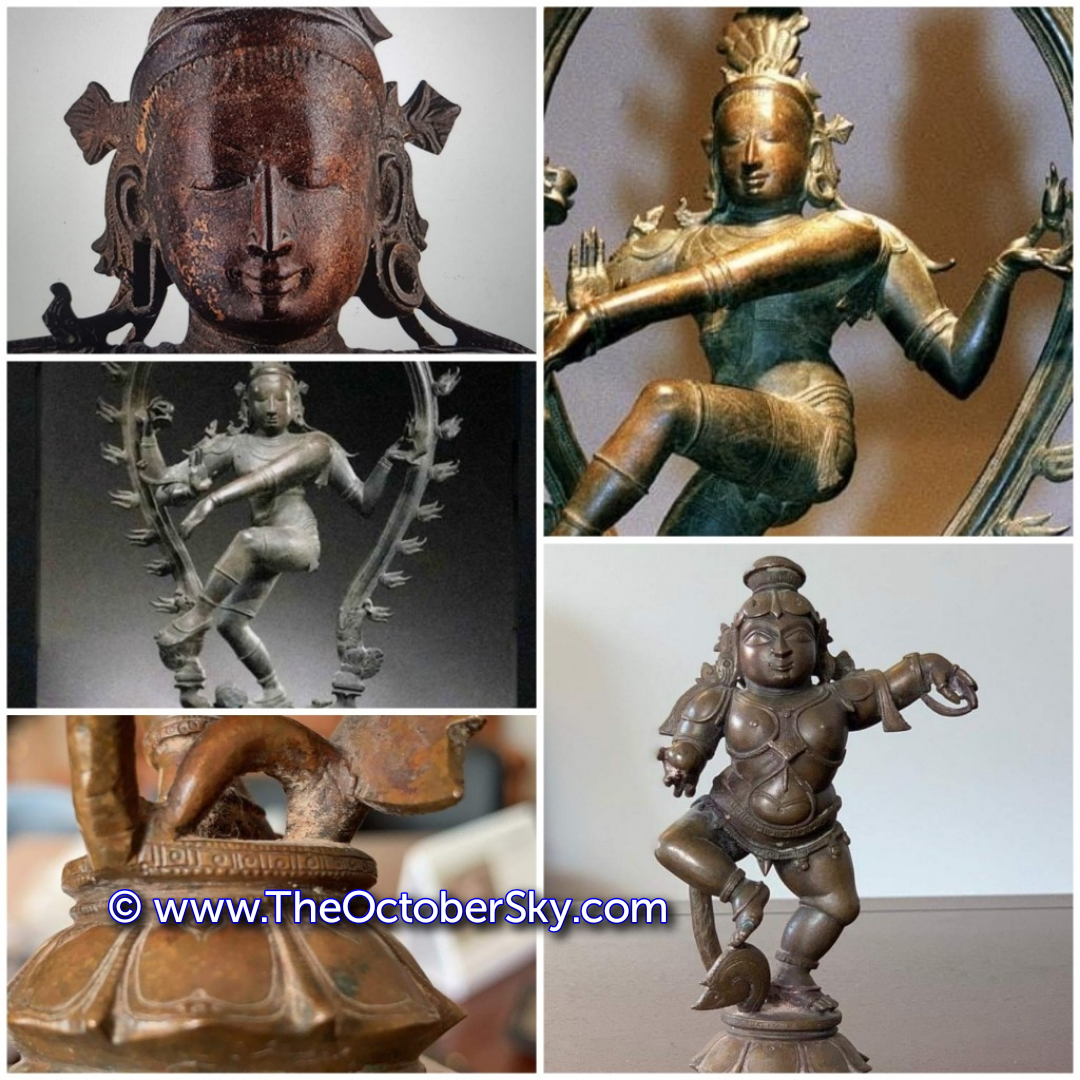
A 16th century bronze Nataraja idol, which was stolen from Kallidaikurichi temple, Tirunelveli, in 1982, is set to be repatriated soon. And on August 15 regained possession of a priceless bronze Navaneetha Krishna
In this regard, Australian authorities have met Indian officials and discussed the modalities for repatriation.
The Art Gallery of South Australia (AGSA) Foundation acquired the 75.7 cm bronze idol from Oliver Forge and Brendan Lynch Limited in 2001. After deaccession of the artwork recently, the AGSA said it followed standard protocols for its acquisition that were widely accepted as professionally rigorous in 2001.
Following the 2014-16 revision of the AGSA Due Diligence Policy, the curator, Asian Art, commenced provenance research on the dancing Siva idol although there had been no prior indication or reason to assume that the statue had been improperly acquired.
It is understood the bronze, bought in 2001 with $436,000 in donated funds and weighing 100 kilograms, was reported missing in July 1982.
In September 2016, during research in the French Institute of Pondicherry archives, the curator identified a 1958 photograph of the Nataraja paired with a statue of the consort goddess Sivakamisundari at the Sri Kulasekaramudayan Temple, Kallidaikurichi.
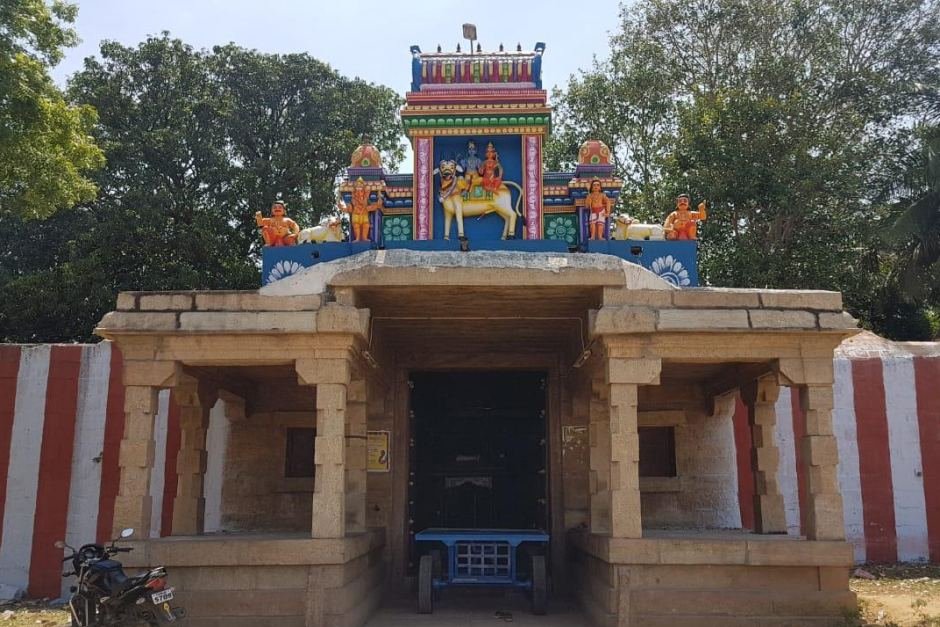
The next year, the curator travelled to Kallidaikurichi and met the temple priest who was able to identify the Nataraja idol as formerly being in the temple’s possession.
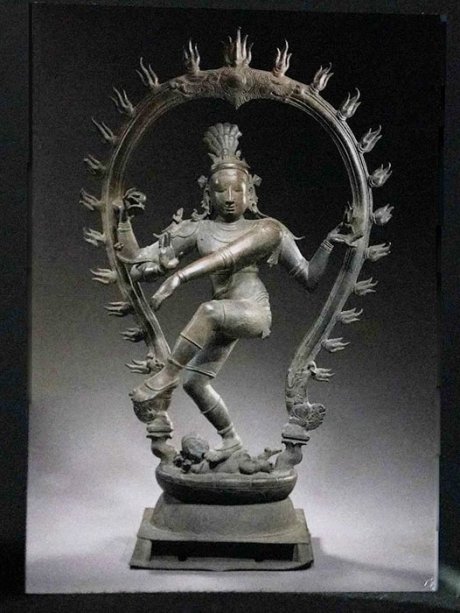
Special officer of Idol Wing and former Inspector General of Police A.G. Ponn Manickavel sent a copy of the FIR report to AGSA with a formal request for the statue’s repatriation from the High Commission of India, Canberra.
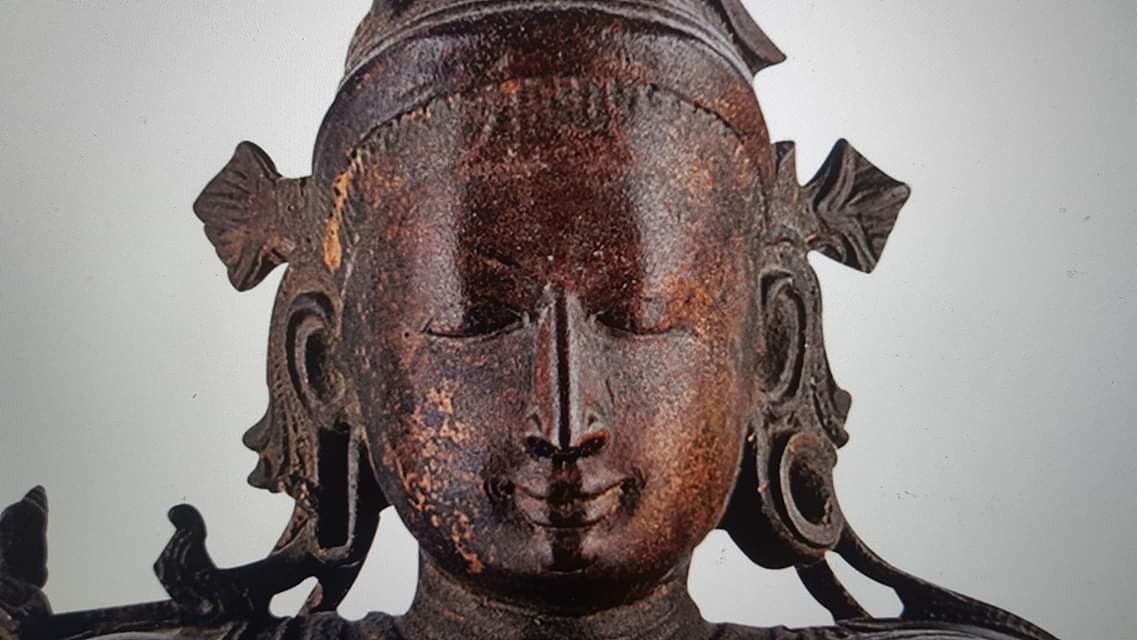
The officials from both sides met in New Delhi and discussed the process for repatriation of the statue as soon as possible. The idol may be returned at the end of this month, said sources in the Idol Wing.
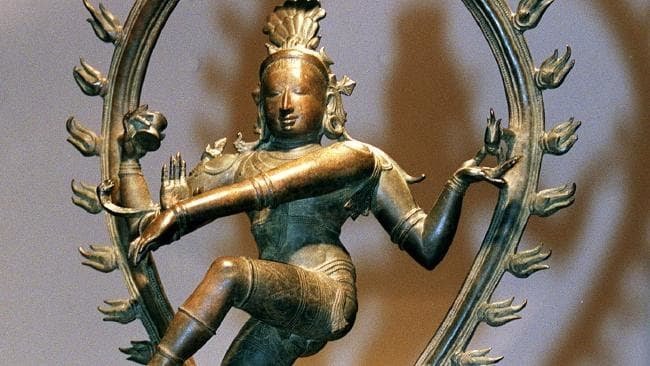
“It has been five years since we first raised questions on this bronze to the AGNSA and finally they are returning it to India. However India should take up with the original seller m/s Forge and Lynch of London to reveal the detailed provenance papers as there are still a number of bronzes stolen from the same temple that are still missing,” said S. Vijaya Kumar, art enthusiast and founder of India Pride, Reported by The Hindu.
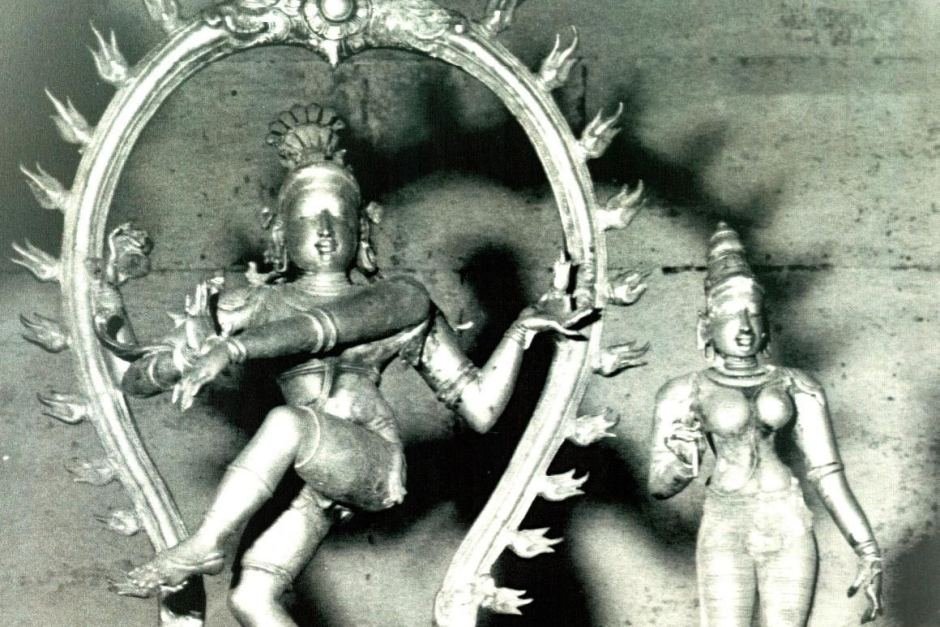
Close look at the old photo (Taken in indian Temple) Vs the current one By S. Vijay Kumar
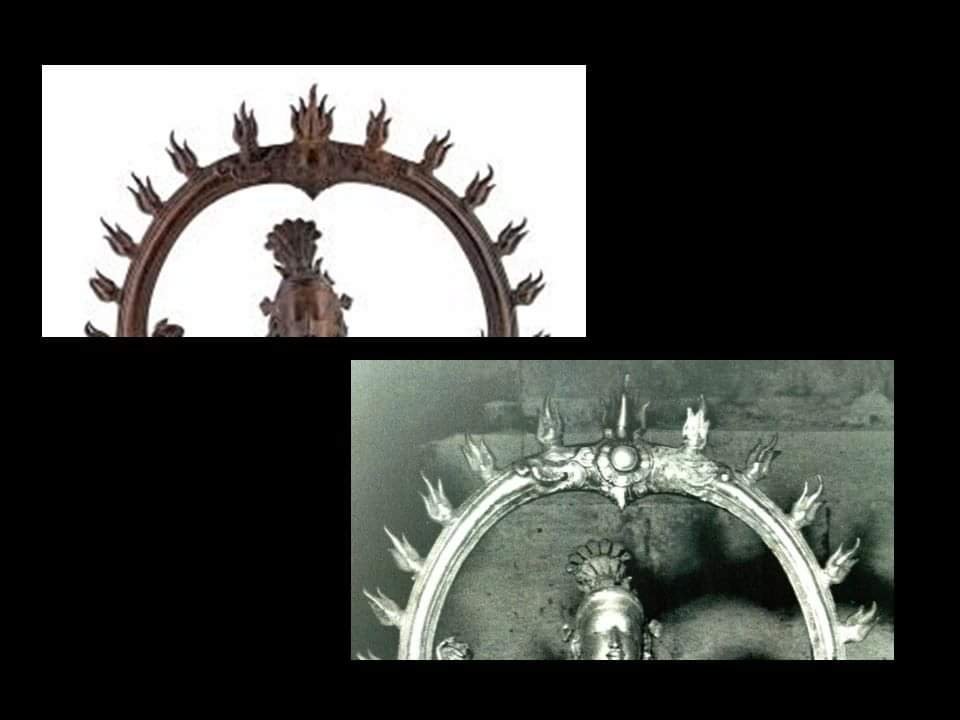
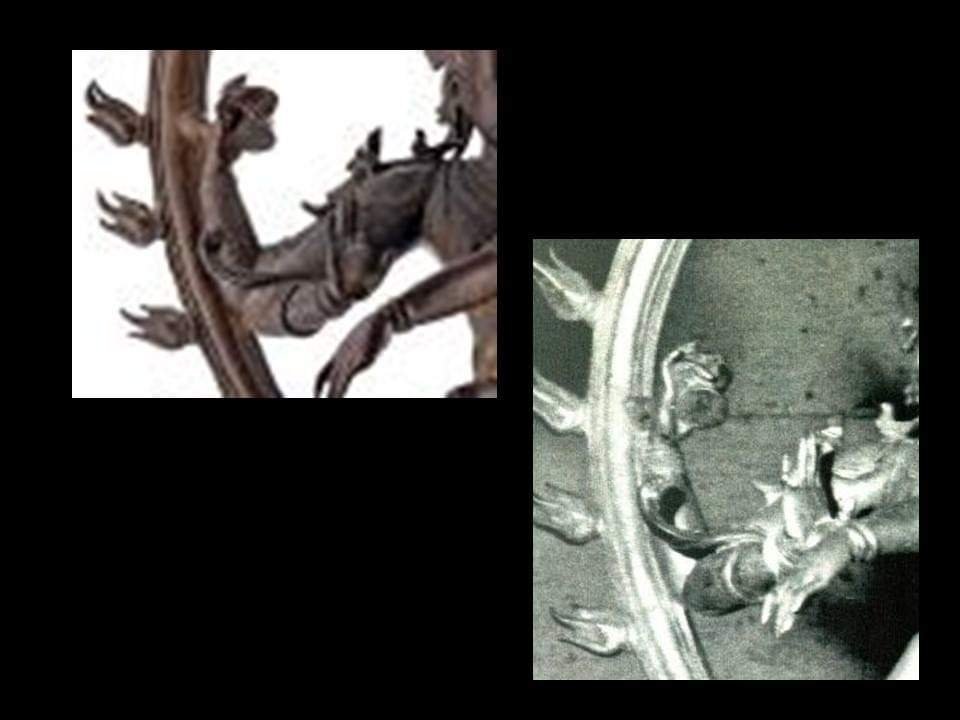
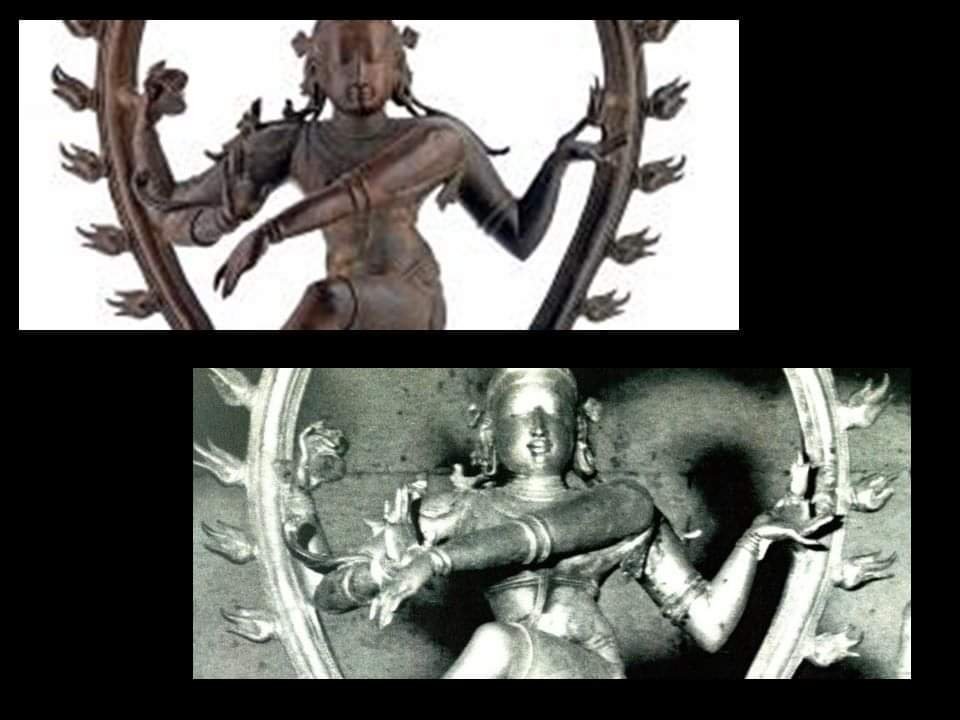
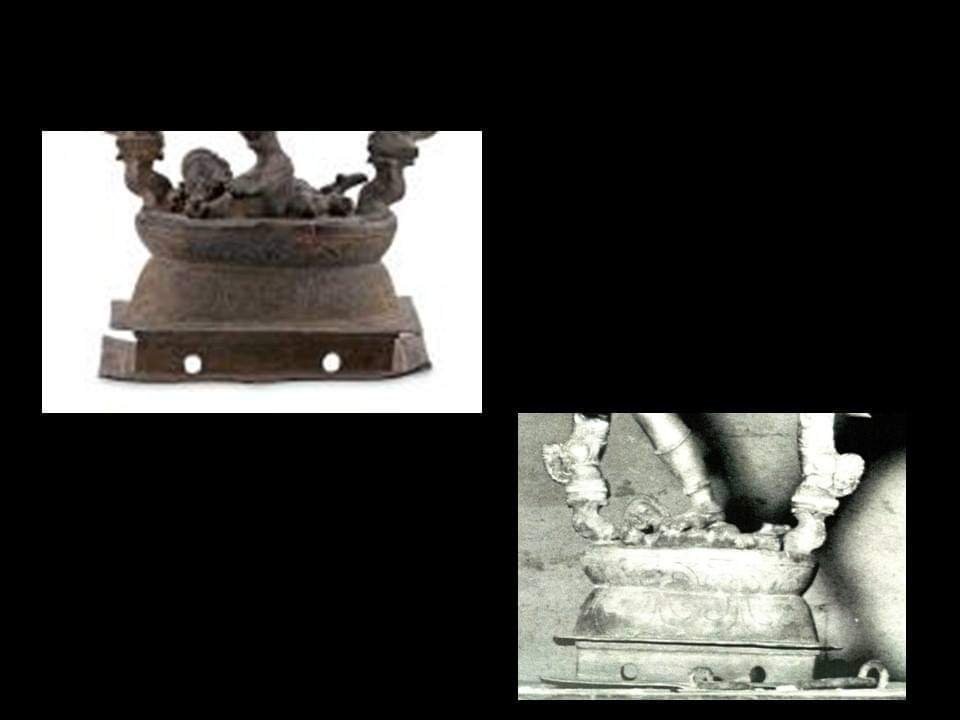
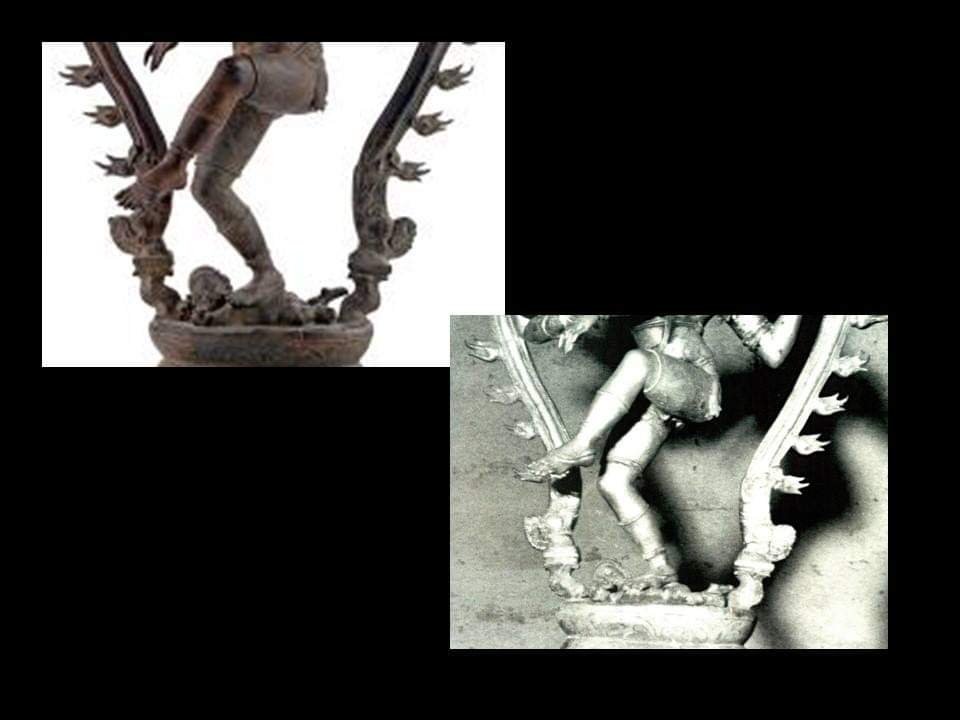
The Dancing Shiva is the first antiquity India has claimed from 24 potentially problematic pieces identified by AGSA in 2014.
A national problem
The latest controversy comes in 2018 as the National Gallery of Australia (NGA) is in the middle of investigating more than 2,000 items in its Asian collection.
The 2016 Crennan Report found the NGA had done insufficient research before spending more than $10 million with the alleged antiquities trafficker and former New York dealer, Subhash Kapoor, who has been detained in India since 2011. His case has not yet been heard.
Three statues from Mr Kapoor, acquired for more than $6 million — plus one bought by the Art Gallery of NSW — have already been repatriated to India without compensation.
A $1 million Buddha the NGA bought from another dealer, Manhattan-based Nancy Wiener, has also been dispatched back to India.
Ms Wiener refunded the purchase price to the Canberra gallery. She was later charged for dealing in stolen goods by US police. Her case has not yet commenced.
After he built up AGSA’s Asian antiquity collection during his 13 years as director until 2004, Mr Radford oversaw many Indian antiquity purchases at the NGA while director from 2004 until 2014.
A London-based collector has returned artefacts bought from Subhash Kapoor.
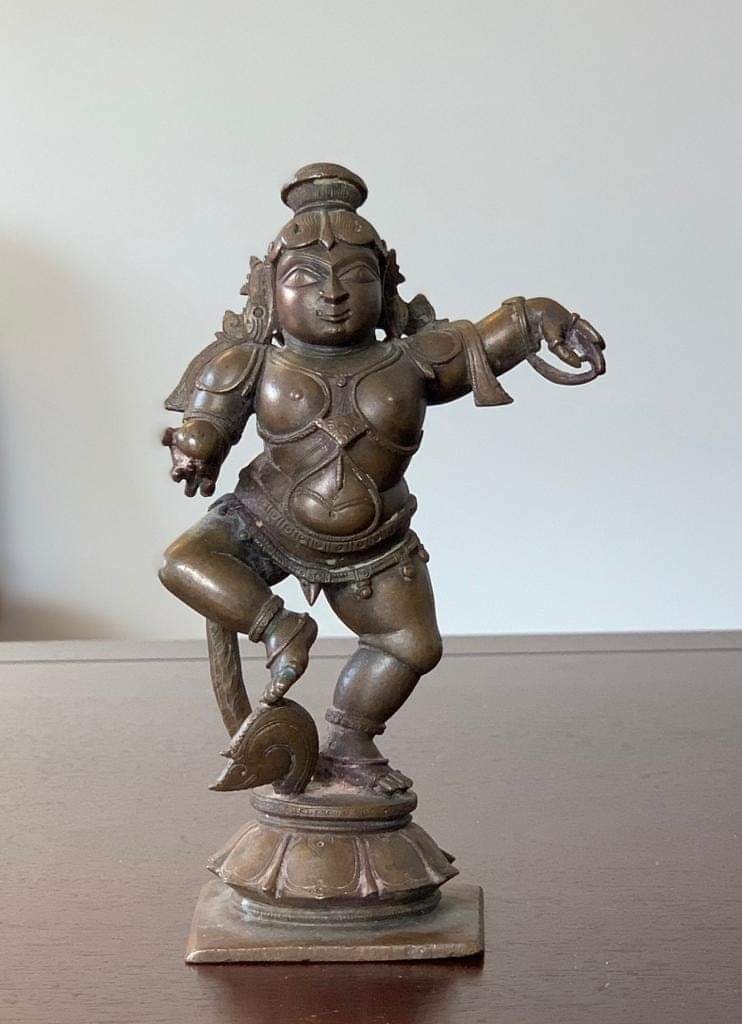
On 15 August 2019, a limestone carved relief sculpture from Andhra Pradesh, dated between the first century BCE and the first century CE, and a Navaneetha Krishna bronze sculpture from 17th century Tamil Nadu were repatriated to the Indian High Commissioner to the UK, Ruchi Ghanashyam.
34 such artefacts have been returned in the past five years and over 200 promised to be returned to India. Australian Prime Minister Tony Abott personally returned a Chola Shiva Nataraja and German Chancellor Angela Merkel returned a 10th century Durga Mahisasuramardini, in acts of repatriation of objects of cultural importance.
With just a week to go for the festival of Krishna Janmashtami, India on August 15 regained possession of a priceless bronze Navaneetha Krishna, thanks to a rare instance of moral courage by an art collector from London.
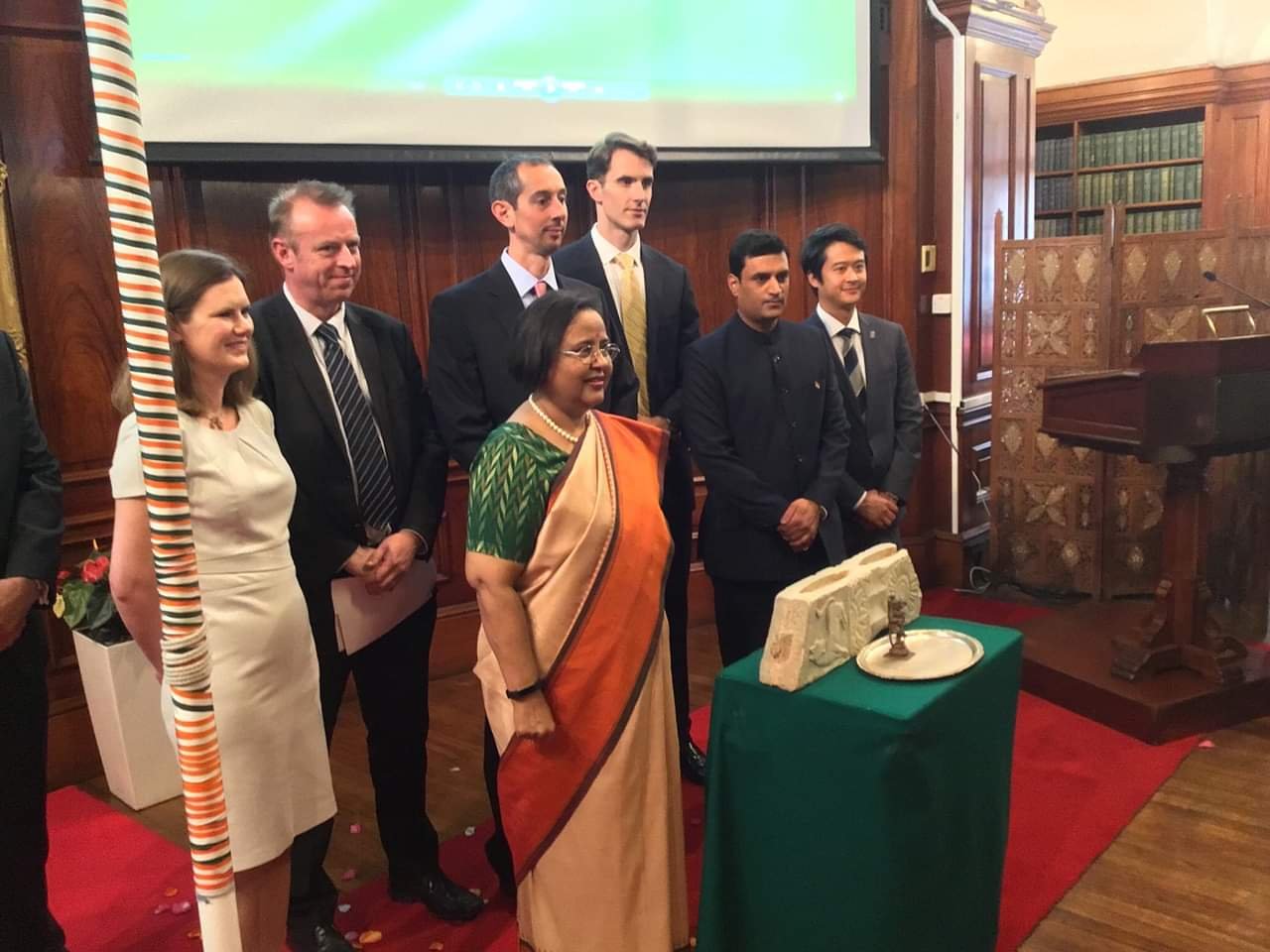
After U.S. authorities charged Indian antiquities dealer Subhash Kapoor with possession of stolen property last June, the London-based connoisseur, who had bought a few artefacts from him, came forward to U.S. Homeland Security Investigations (HSI), expressing a desire to surrender the pieces. The artefacts were recovered in June this year.
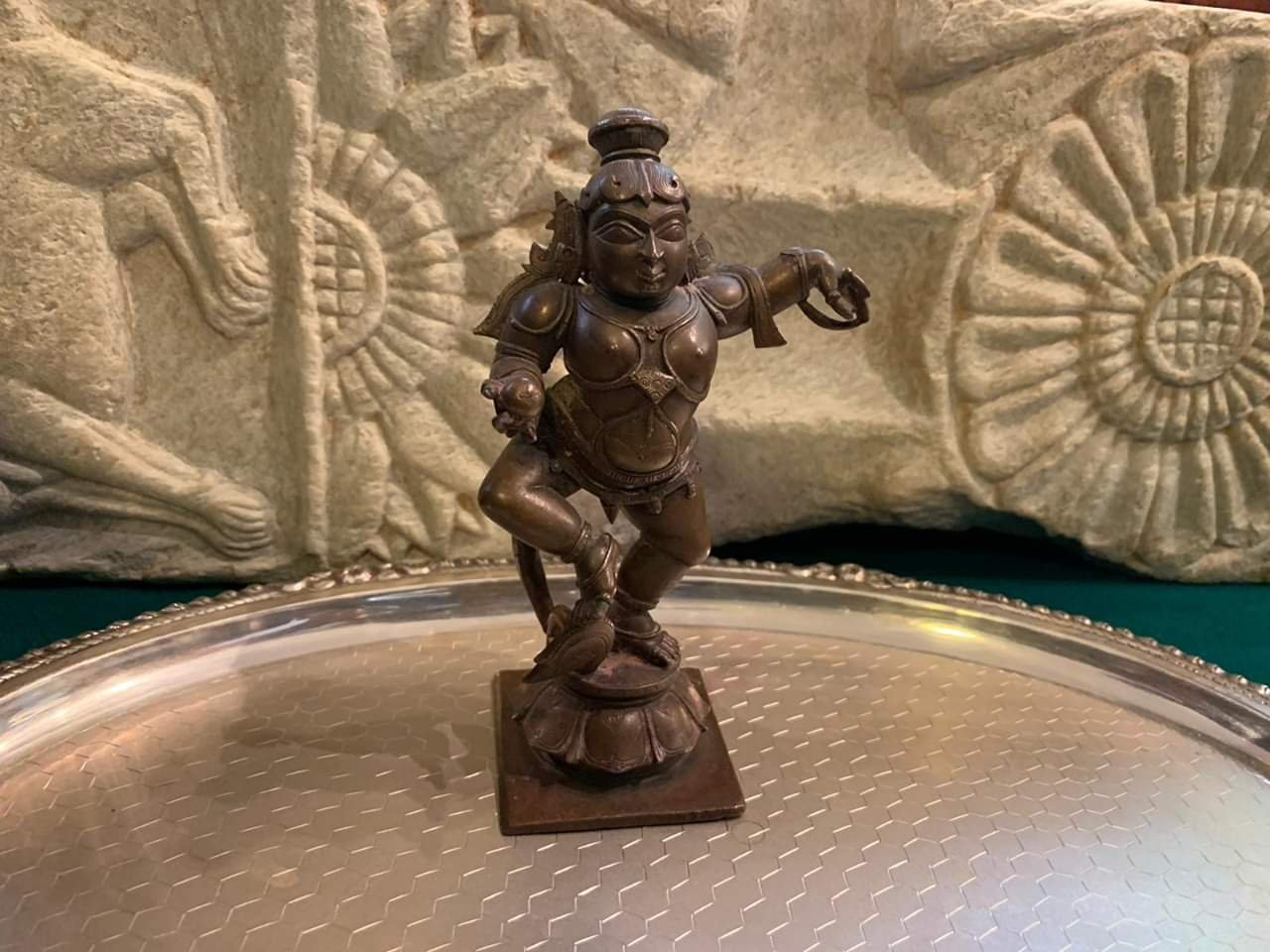
On Thursday, authorities in the U.S. and U.K. formally handed over a lime stone relief, originally from Andhra Pradesh, and the bronze Krishna to the Indian High Commissioner in London. Kapoor is lodged in Tiruchi prison and faces criminal cases for illegally exporting idols and artefacts from temples in Tamil Nadu. He was also charged by U.S. HSI for operating a massive smuggling ring, allegedly run from his New York gallery.
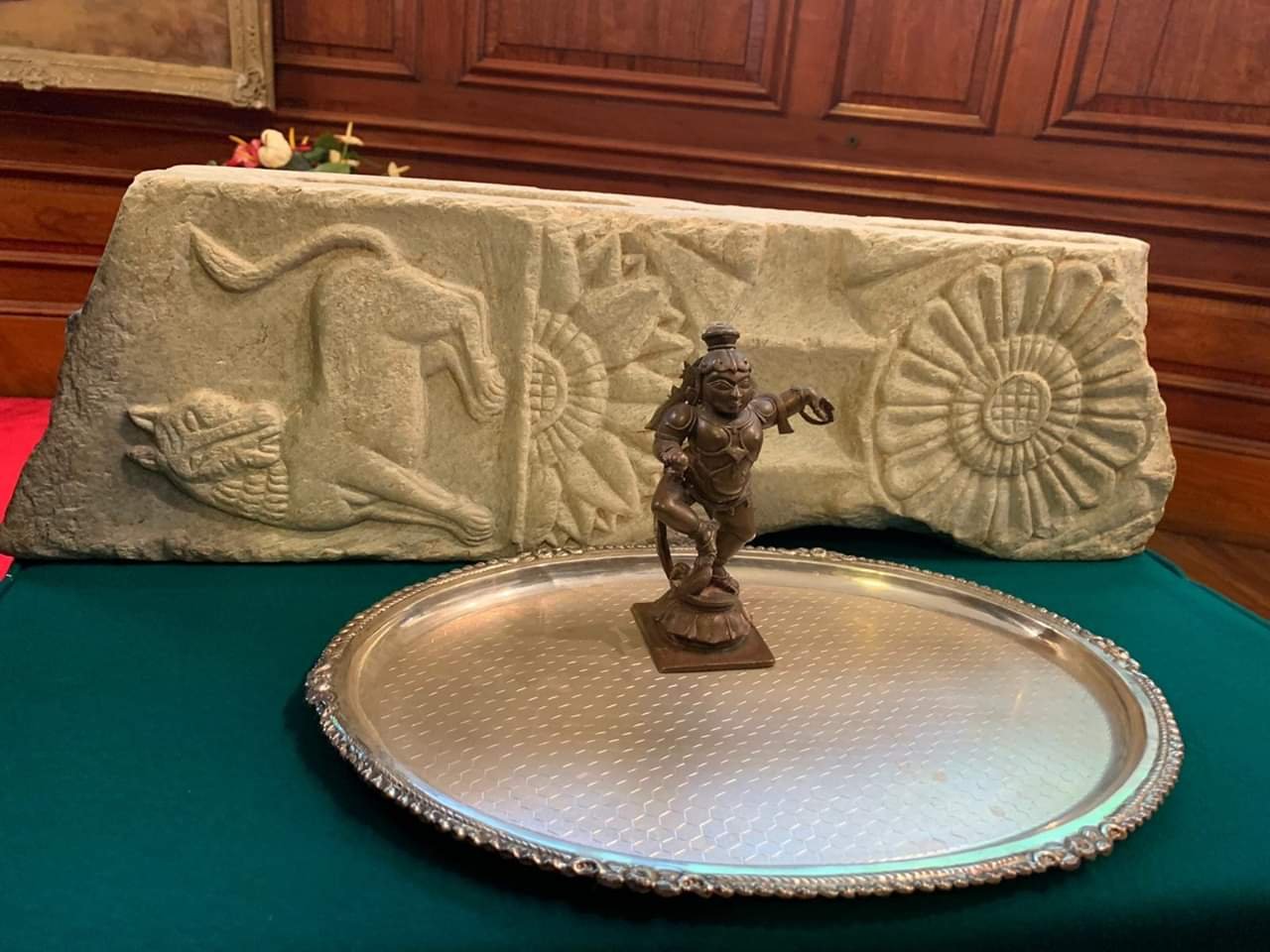
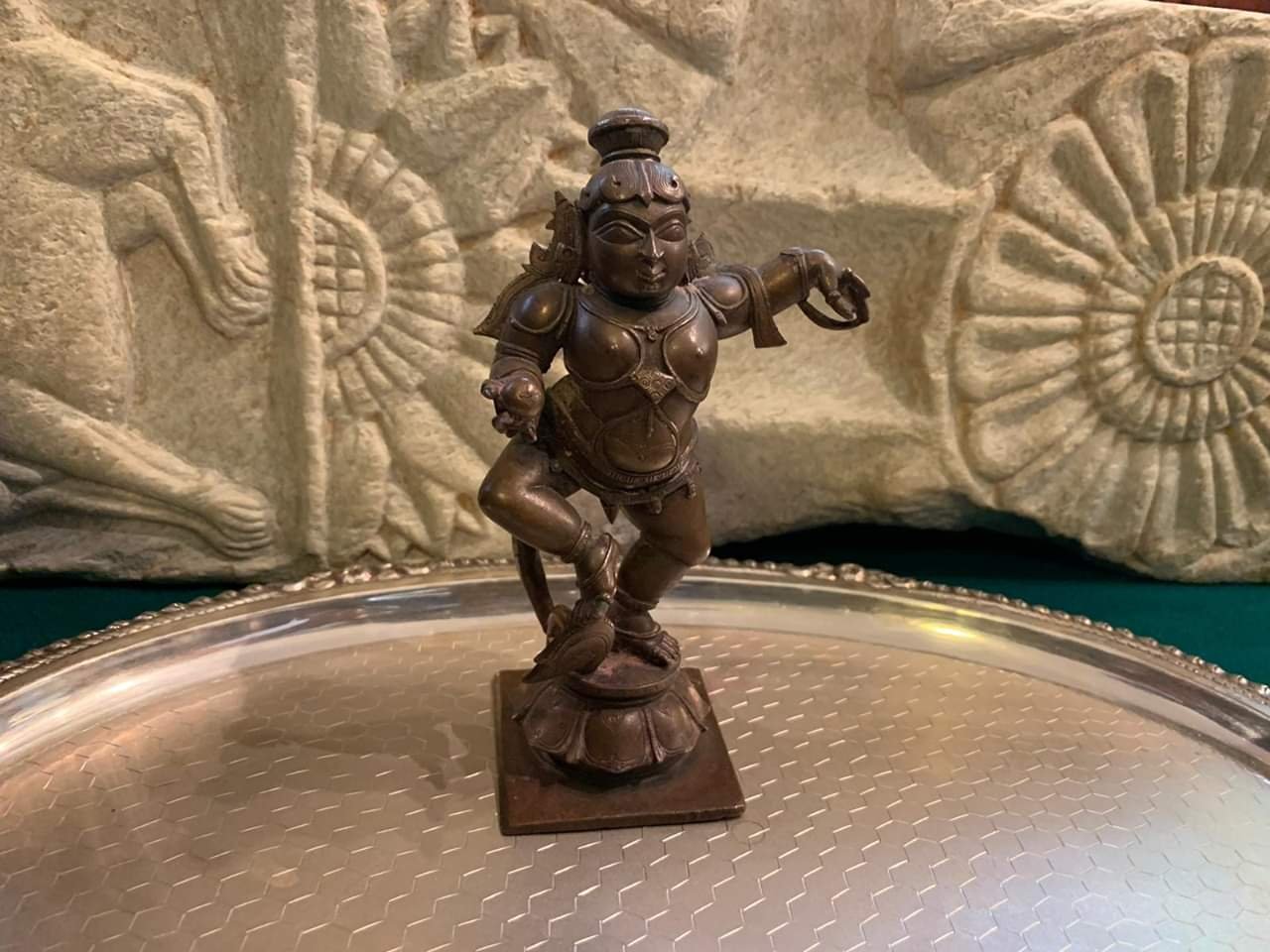
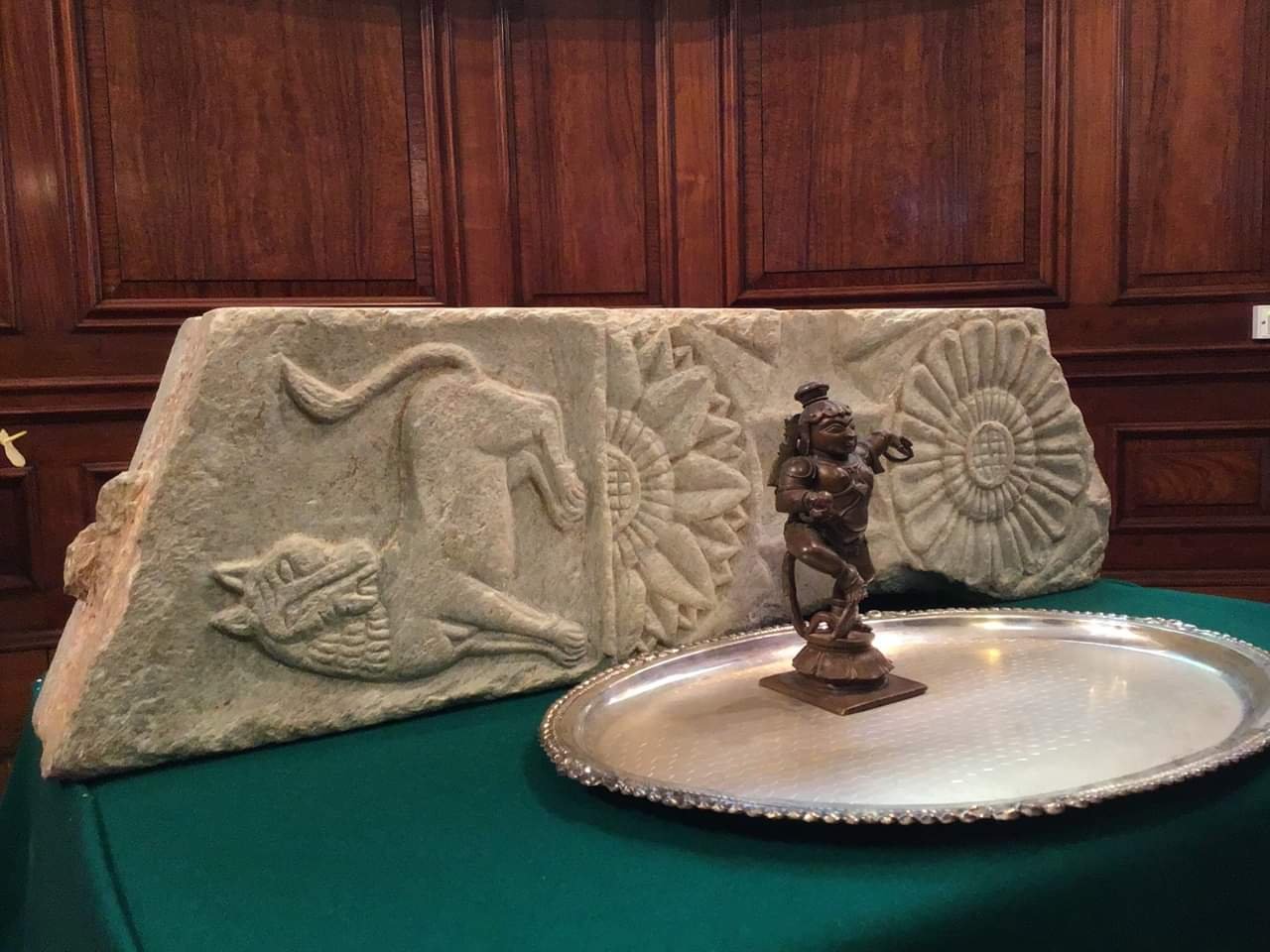
Pursuant to an investigation by Homeland Security Investigations (HSI), with participation from the Metropolitan Police Service (MPS), the art collector whose name was withheld, returned the limestone carved relief and the bronze Navaneetha Krishna.
The two artefacts from India are linked to one of the most prolific art smugglers in the world, who was recently charged in Manhattan, New York. An individual in the United Kingdom who possessed the items came forward to HSI expressing a desire to surrender the pieces.
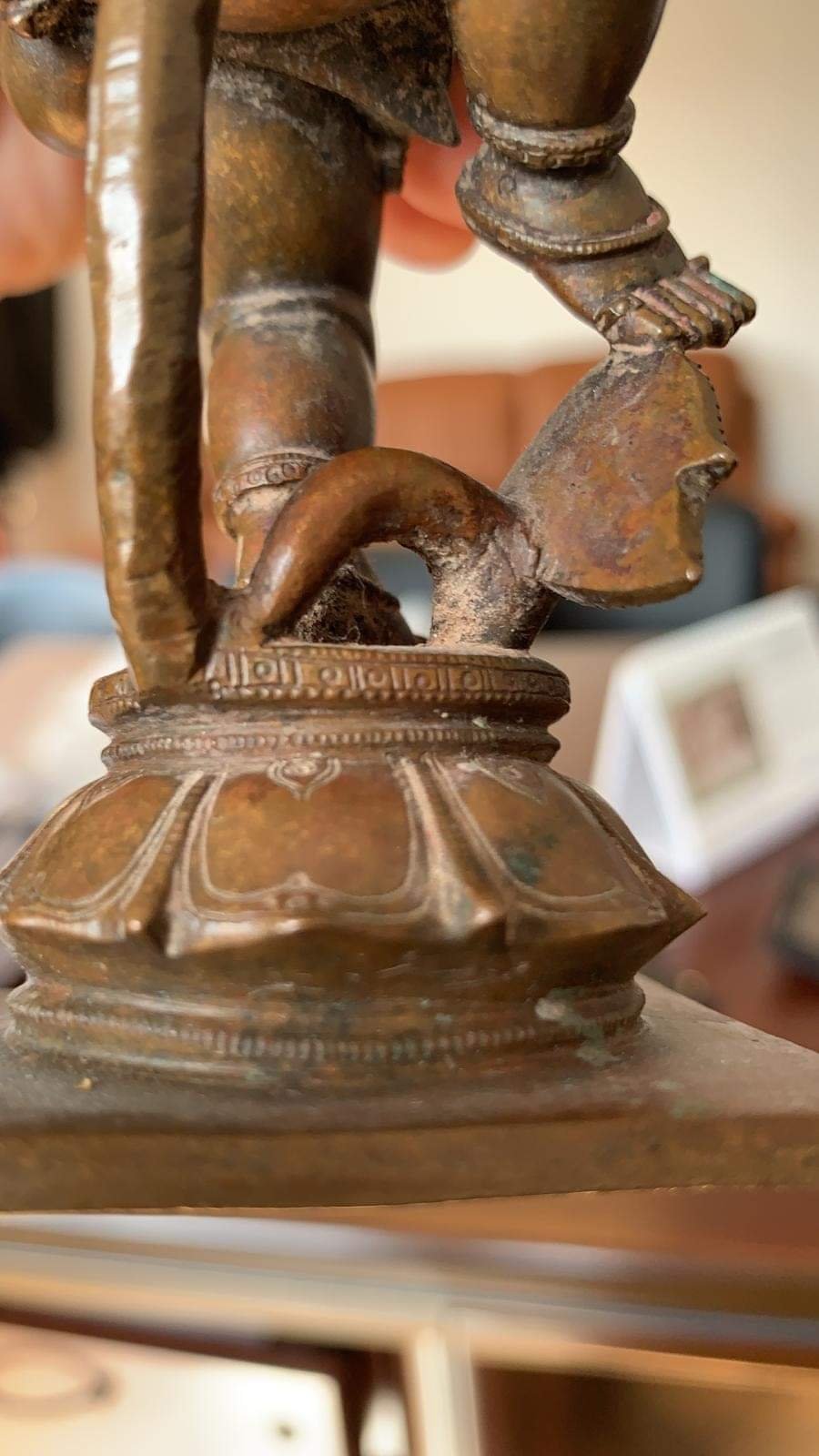
In June 2019, working with the MPS, the individual cooperated and turned over the artefacts to authorities.
A preliminary examination has dated the limestone relief to between the first Century BC to first Century AD. The Krishna bronze is estimated to be from 17th Century from Tamil Nadu. Both items will be subject to further examination by domain experts at a later date to establish their exact period and original location.
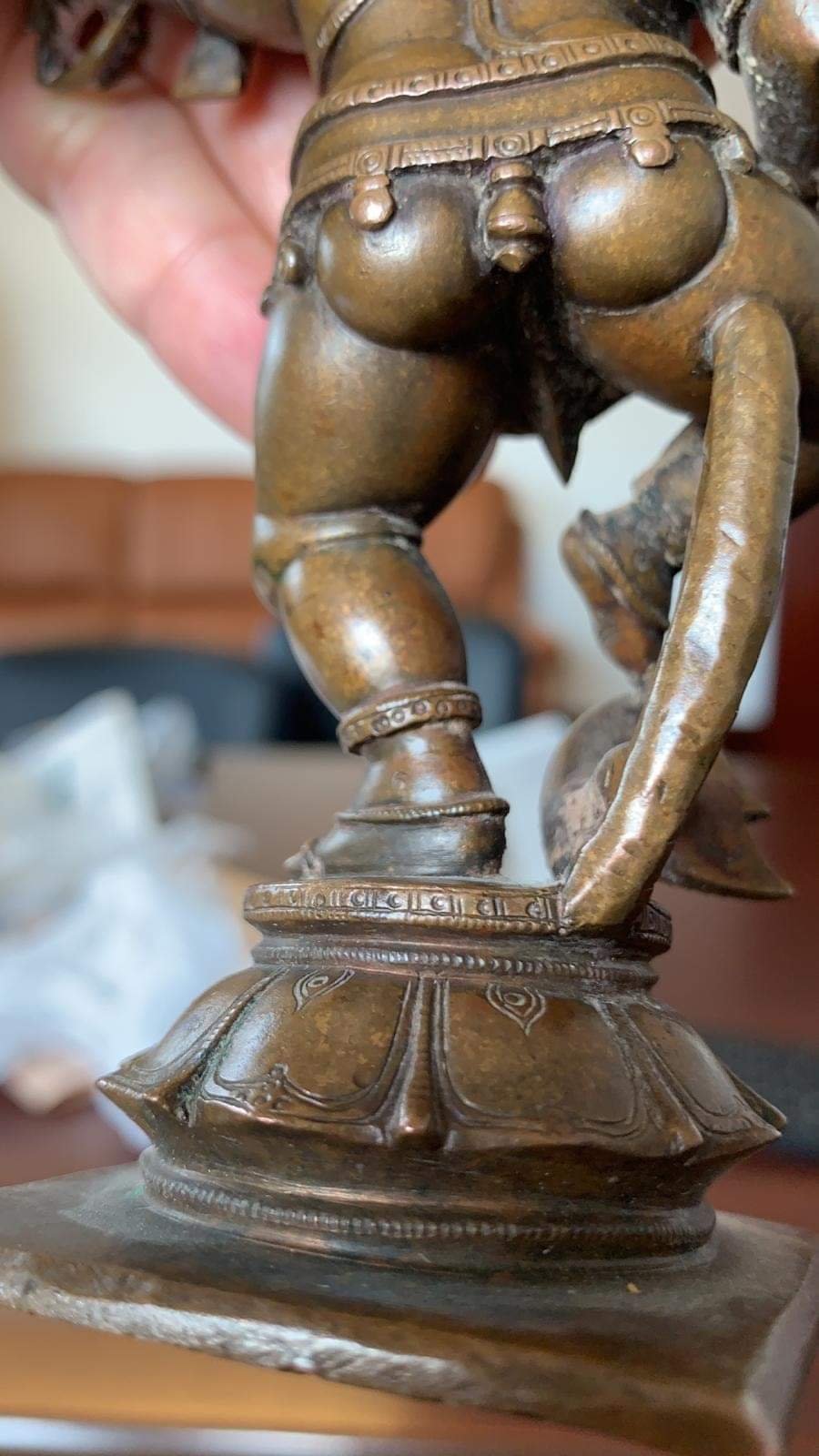
The repatriated antiques are just two of more than 2,600 antiquities that have been recovered around the world. The investigation remains ongoing, the Home Land Security Investigation said in a release.
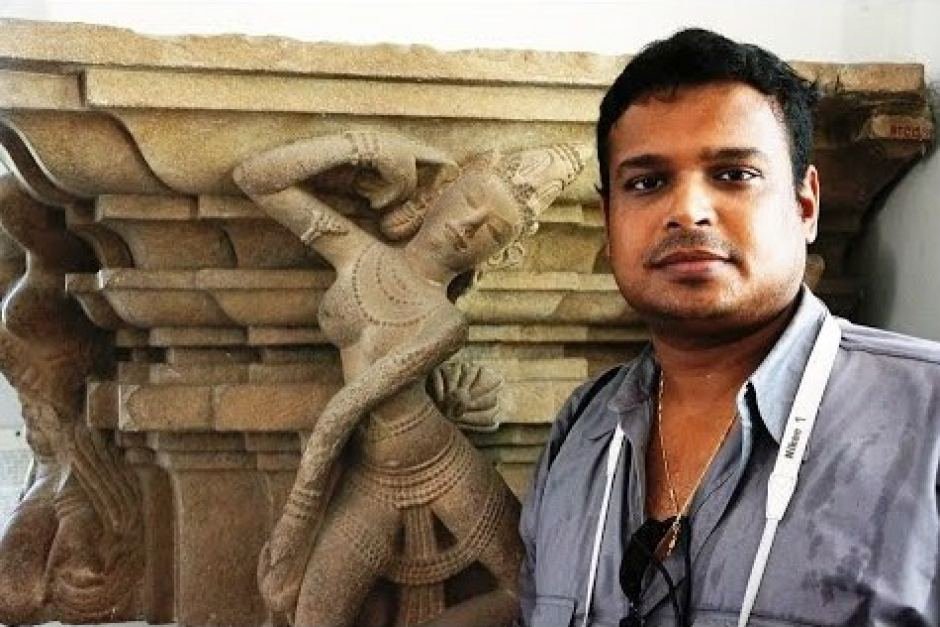
“The cultural significance of artefacts looted from around the world extends beyond a monetary value. The pieces, like those recovered through this operation, are stolen fragments of history; and it is an honour to return them to their rightful home country,” Peter C. Fitzhugh, of the HSI in New York, said.
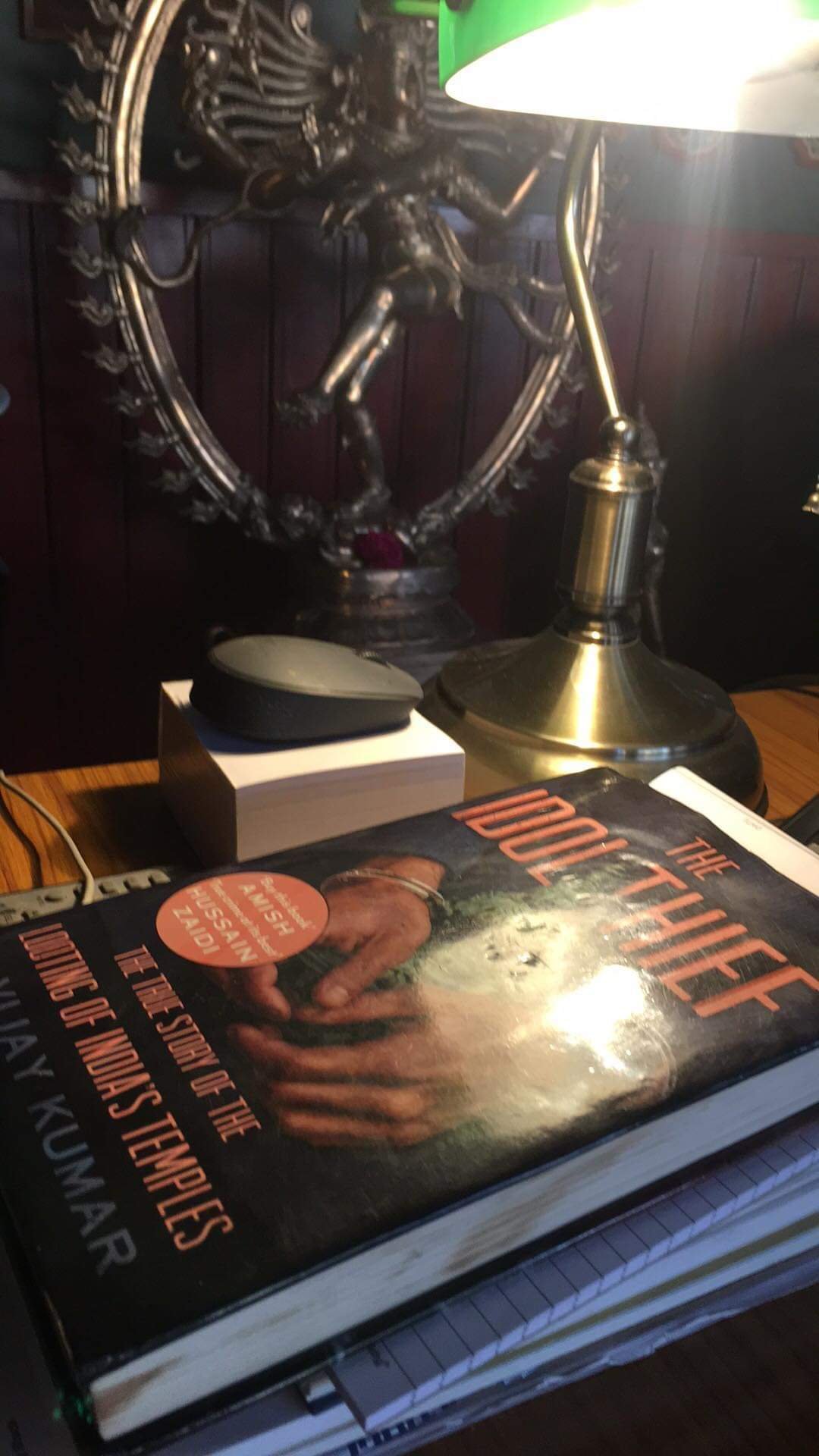
S. Vijay Kumar, art enthusiast and founder of India Pride that tracks Indian antiques, said there is strong reason to believe that the relief could be from Buddhist Vaddamanu site near Guntur. “The theft from the Buddhist site in Andra Pradesh comes close on the heels of thefts from the Chandavaram site. Very little is known about Vaddamanu site and to see that robbers have targeted the freshly excavated sites is shocking,” he said, as reported by The Hindu.
Photo Credits to S. Vijay Kumar, a real life hero, Indian Media house The Hindu, ABC, and CNN.